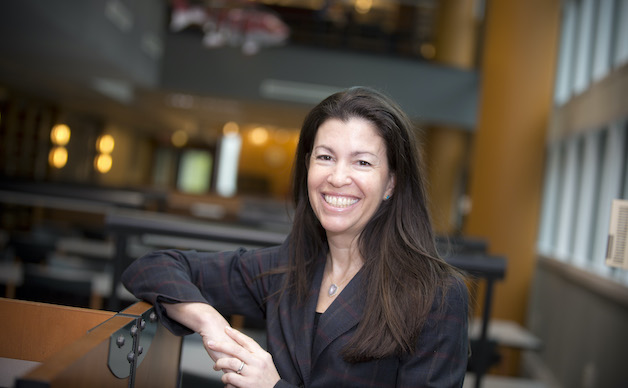SCOTUS: Mahanoy Area School District v. Levy

The Supreme Court has reiterated several times over the past sixty years that “students do not shed their constitutional rights to freedom of speech or expression at the schoolhouse gate.” In 1969, in Tinker v. Des Moines Independent Community School District, the court upheld the constitutional right of students to wear black armbands to school to protest the Vietnam War. Though it acknowledged that public school students’ speech rights were not as robust as they would be in the village square, the court articulated a relatively rigorous standard that requires school administrators to demonstrate a genuine prospect of a “substantial disruption” to the educational environment in order to restrict student speech.
Yet in its three student speech decisions in the decades since Tinker, the court has upheld speech restrictions and articulated what many commentators view as a series of exceptions to the more rigorous “substantial disruption” test, watering down student speech protections. At the same time, lower courts have confronted a growing number of cases involving potentially dangerous, inappropriate, or disruptive speech by students who were physically outside school boundaries while speaking. The rapid rise of social media, particularly among teens, has only complicated the difficult questions around the extent of a school’s jurisdiction over speech that originates outside the formal physical boundaries of the school. In this term’s so-called “cursing cheerleader” case, the court tackled some of these thorny questions and laid out at least a partial blueprint for school administrators and lower courts to follow in trying to resolve the actual incidents they confront every day.
The offending expression in Mahanoy involved nothing so lofty as a political protest nor so alarming as a threat of violence or harassment. Rather, 10th-grader B.L.’s speech was a typical example of adolescent frustration, voiced in the lingo most parents (or former teens) would recognize (if not appreciate) and in a forum—a room full of her 250 or so Snapchat “friends”—where much current teen expression takes place. Upset that she had been chosen for J.V. rather than varsity cheerleading, and that she also had not been selected for a private softball team, Brandi Levy posted a photo of herself and a friend with their middle fingers raised and the caption “Fuck school fuck softball fuck cheer fuck everything.” Brandi posted this and another image on a Saturday morning, from a local convenience store called the Cocoa Hut. Screenshots made their way to one of the J.V. cheerleading coaches, and she was ultimately punished with a one-year suspension from the team.
The majority opinion is notable for several reasons. Most obviously, it cuts across the usual ideological fault lines that tend to fracture the court in other cases involving constitutional rights, with eight Justices across the ideological spectrum joining Justice Breyer’s opinion for the majority (only Justice Thomas dissented). It also marks a shift in direction from a decades-long trend toward increasing deference to schools in managing student safety and discipline. And it begins to address the challenging problem of off-campus speech and conduct, which the court had thus far avoided.
The court held that the suspension violated the student’s First Amendment rights and that she could not be punished for her Saturday morning snapchat rant. However, Justice Breyer’s rather cautious and careful analysis rejected the bright line rule adopted by the Third Circuit below, which had held that schools did not have any special authority to regulate student speech outside of the campus context. Rather, the Supreme Court held that a school’s special authority is typically diminished, but is not altogether absent, for speech that occurs off campus. It laid out a number of reasons why the school’s interests in this particular case were not sufficient to outweigh the student’s right to have her say, however vulgar or inappropriate or immature its form.
This is a wise approach, despite some lack of predictability for public school students, administrators, and lower courts as to which off-campus speech will be subject to “additional license” for schools to regulate. The boundary between on-campus and off-campus speech was somewhat fuzzy even before the rise of the internet; in the age of smart phones and social media, it is even harder to nail down. Some off-campus speech will risk genuine disruption in school or harm to other students and schools should not be left powerless to address it. With its decision in Mahanoy, the court has left the schoolhouse gate slightly ajar so that schools have some room to address such speech, while discouraging them from policing more typical—if arguably inappropriate—speech that occurs outside of school grounds, activities, and hours.
—Julie Seaman, associate professor of law